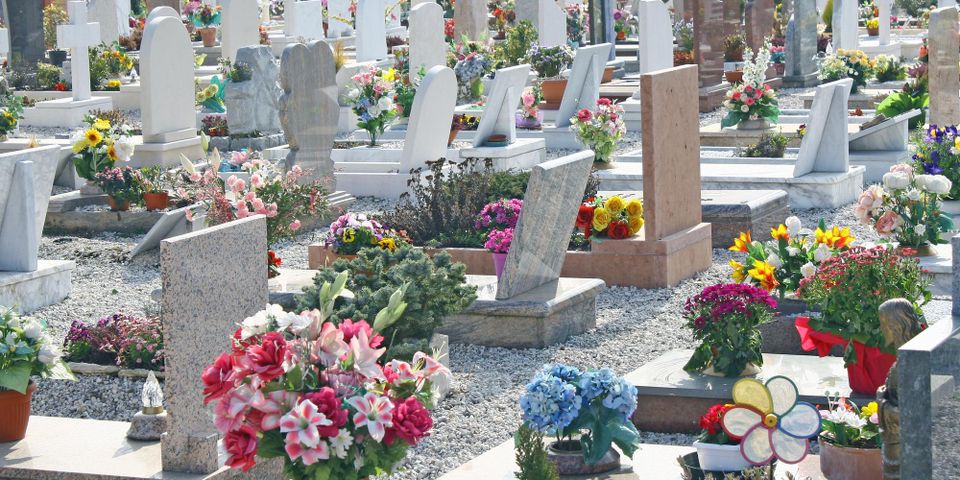
Headstones are part of an established mourning tradition that helps people remember loved ones. They also reflect the evolution of human customs. Learn more about the origin of gravestones and their significance in the following guide.
Where Headstones Came From
A common superstition among early humans was the dead rising, so large stones were placed above graves to prevent anyone from escaping. But over time, gravestones were used to honor the dead rather than out of fear. Constructing grave markers then became a trade, and families were able to customize them to better pay tribute to their loved one.
How Headstones Have Changed Over the Years
 Early people buried loved ones with their possessions. The establishment of monarchies led to the construction of great tombs like the pyramids for leaders.
Early people buried loved ones with their possessions. The establishment of monarchies led to the construction of great tombs like the pyramids for leaders.
Gravestones in the Dark Ages included morbid imagery like skulls, reflecting the plagues that ravaged civilizations at the time. Instead of burying loved ones by the house, large plots of land away from the city were used for burial.
Modern gravestones started in the 1800s as for-profit cemeteries appeared, and families started paying for customizable funerals and burial options.
What Headstones Mean
Many cultures believed forgetting their ancestors was a fate worse than death. Honoring the dead was a responsibility, which was reflected in burial customs. Gravestones were moved to the head of the body and engraved with inscriptions. Marble was used for its beauty and granite for its sustainability. The practice has persisted into modern times as people still value memorializing their loved ones who have passed away.
Honor your loved ones with quality headstones provided by Hawaii Art Stone. Located in Honolulu, they serve all Hawaiian Islands with high-quality, locally made, custom stonework for grave marking. Check out examples of their products on their website, or call them at (808) 744-3162 to start designing a tombstone today.
About the Business
Have a question? Ask the experts!
Send your question

